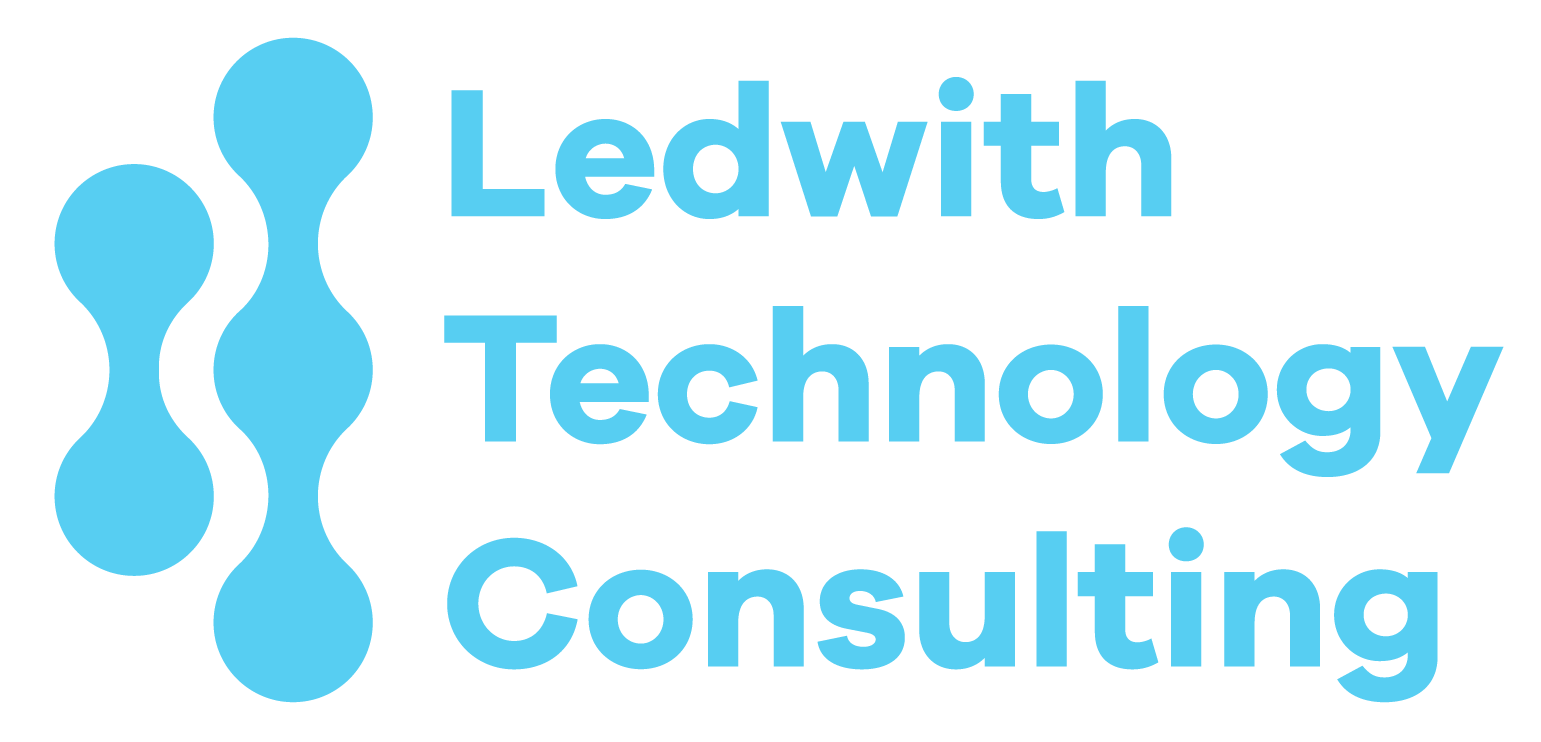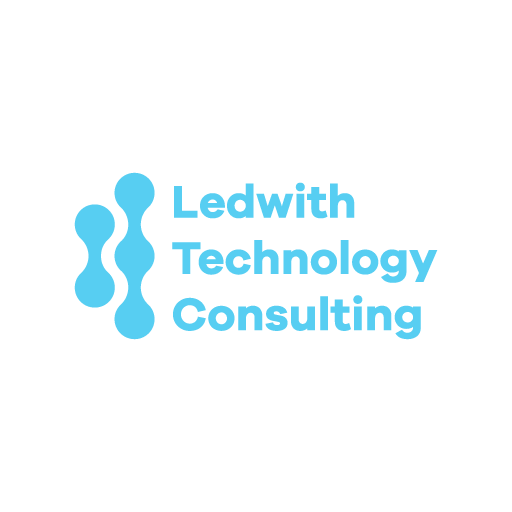| March 10, 2025
Artificial Intelligence (AI) and Machine Learning (ML) have transcended their buzzword status to become pivotal tools in driving innovation, efficiency, and new revenue streams. Over the next several years, the successful deployment of AI and ML across the enterprise will separate leading organizations from those that remain perpetually stuck in “pilot mode.” In my own journey—where I’ve helmed technology teams scaling from just a handful of developers to well over a hundred—I’ve seen the transformative power of AI. This doesn’t happen overnight; it takes strategy, culture, and consistent effort.
Implementing AI is not merely a technical initiative. It’s a cultural shift. Before we even talk about data pipelines, algorithms, or tooling, we need a collective mindset that values experimentation, learning, and iteration. Far too often, I’ve watched organizations focus on buying the latest ML tool while ignoring the critical step of stakeholder alignment. Stakeholders—from finance to product teams—need to understand the why behind every AI initiative. This alignment establishes a sense of ownership that can nudge even the most reluctant executives to embrace change.
Perhaps the most overlooked aspect of scaling AI is data governance. AI systems are only as good as the data they consume. When I led teams to architect real estate solutions, the lion’s share of work revolved around cleaning, categorizing, and enriching data so that our machine learning models would have a solid foundation. Without those strong data pipelines and policies, your AI project will sputter out. In real estate, for example, location intelligence only shines when the underlying geolocation data is normalized, accurate, and up to date.

The rapid adoption of cloud computing has made AI projects more feasible, but you must also consider cost management. Training large models can demand considerable computational resources, and as you scale, so do the bills. This is where concepts like model lifecycle management and tight integration with DevOps processes come into play. By establishing a robust CI/CD pipeline for your AI projects—akin to traditional software development—you ensure that models are not only deployed faster but also monitored, updated, and retired in a structured way. This disciplined approach allowed me to keep budget overruns in check when leading large-scale real estate platforms.
Lastly, as AI becomes more pervasive, ethical considerations can’t be ignored. Bias in training data, privacy concerns, and compliance are top-of-mind for regulators and consumers alike. In real estate technology, for instance, ensuring that geolocation search data doesn’t inadvertently disadvantage certain neighborhoods is not just a moral imperative—it’s also a legal one. Establishing ethics committees or cross-functional review boards can help organizations steer clear of these pitfalls.
Remember, an ounce of prevention is worth a pound of cure—especially when it comes to AI and regulatory scrutiny.
Scaling AI and ML across the enterprise isn’t just about building bigger and better models. It’s about creating a coherent strategy that combines cultural readiness, technical rigor, financial oversight, and ethical responsibility. Having shepherded teams through these phases, I know that the payoff is tremendous. AI-driven insights can dramatically transform business outcomes, open new revenue streams, and delight customers. But the foundation must be laid through strong leadership, clear communication, and unwavering commitment to data excellence. Only then can AI transcend buzzword status and truly revolutionize your enterprise.

